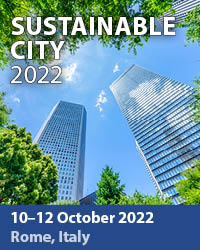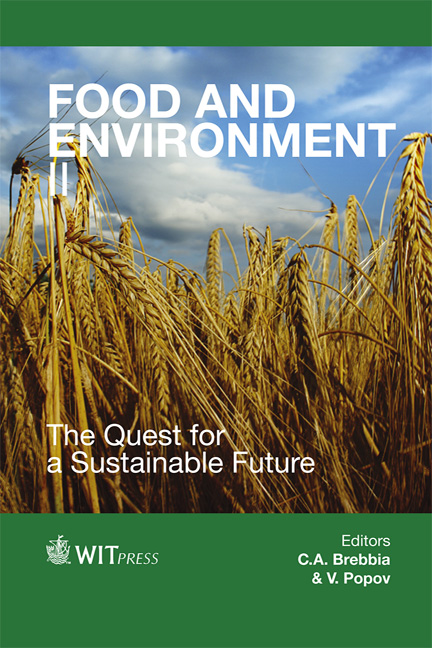Phosphorus Conventional Use, Reduction Potential, And Possibility Of Self-sufficiency During Food And Feed Production In Japan
Price
Free (open access)
Transaction
Volume
170
Pages
10
Page Range
185 - 194
Published
2013
Size
148 kb
Paper DOI
10.2495/FENV130171
Copyright
WIT Press
Author(s)
S. Mishima, K. Matsubae, S. D. Kimura & S. Eguchi
Abstract
Japanese agriculture uses huge amounts of phosphorus (P) for food and feed production. As a result, soil P fertility (soil test P, measured by the Truog method) has increased in the past 40 years. Because P is a limited, exhaustible resource, and agricultural P use should based on soil test P, effective use of P in agriculture is important. In this study, we estimated agricultural P flow and the possibility of chemical fertilizer reduction based on soil test P from one region’s reduced input guidelines in 2000. Based on our estimation, chemical fertilizer application levels do not differ significantly over different soil test P levels. If chemical fertilizer application were cut based on soil test P, application could be reduced from 61.6 kg P ha-1 to 25.8 kg P ha-1 on average. Next, we estimated the non-utilized P resources in Japan. We focused on non-utilized livestock waste, food refuse, sewage sludge and iron slag as a promising P resource. The total P in these resources was estimated at 237 Gg P, comparable to conventional chemical fertilizer applications (276 Gg P), and enough self-sufficiency when chemical fertilizer application is reduced based on soil test P (115 Gg P). Reduction of the environmental impact (eutrophication potential) by reduced chemical fertilizer input would be from 973 to 776 in terms of index value and utilization of non-utilized P resource would be more worth for environmental issue. Keywords: agriculture, phosphorus, reduced fertilization, self-sufficiency, impact to water in environment.
Keywords
Keywords: agriculture, phosphorus, reduced fertilization, self-sufficiency, impact to water in environment.





